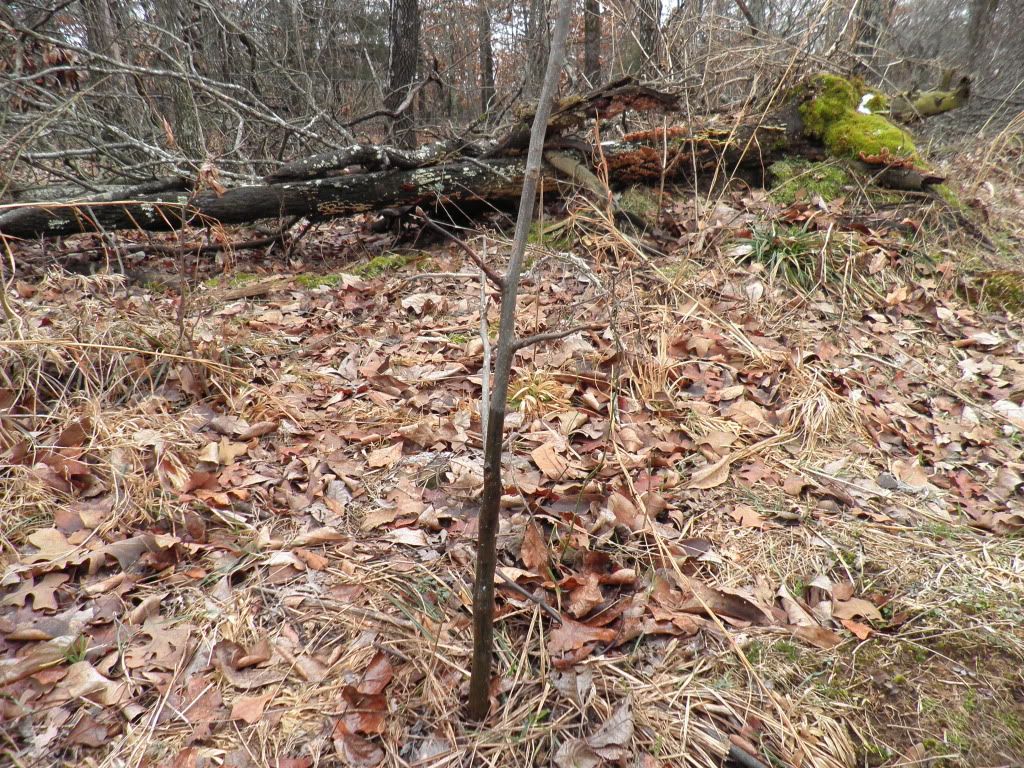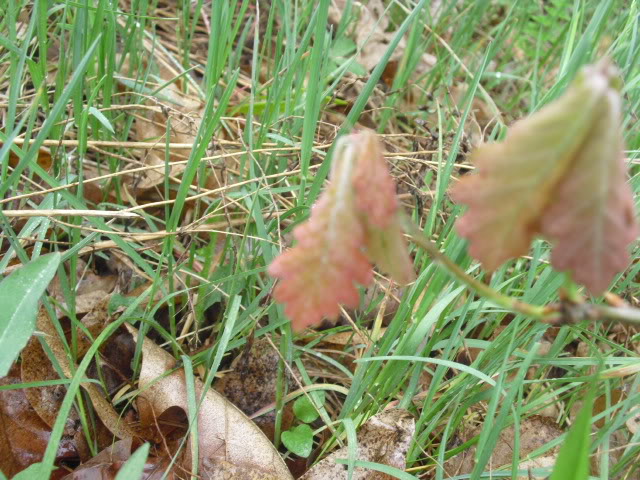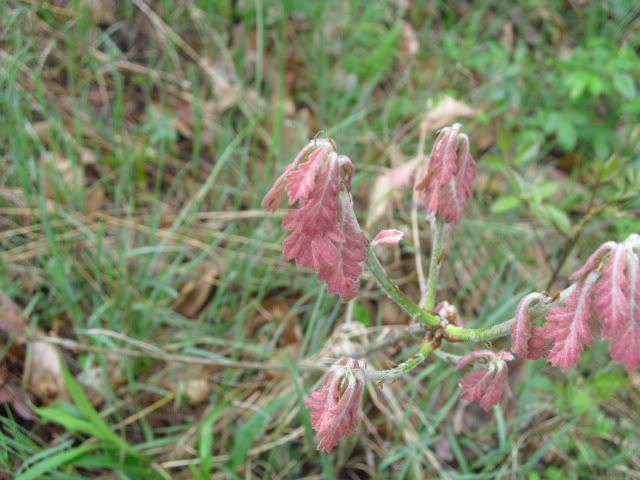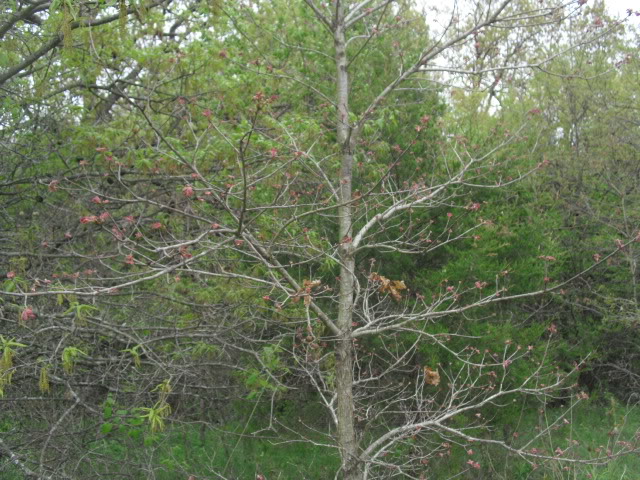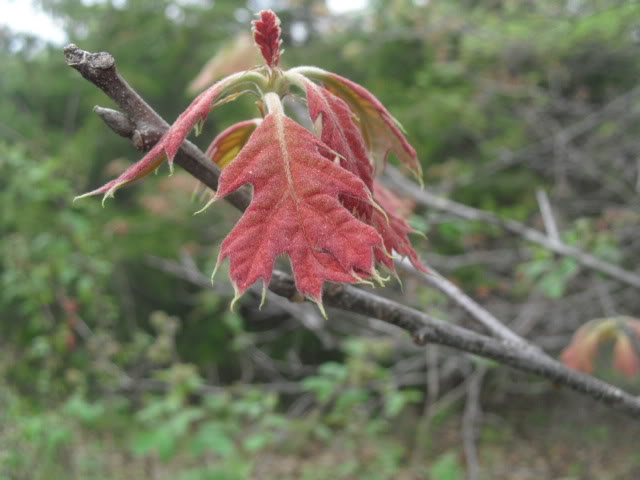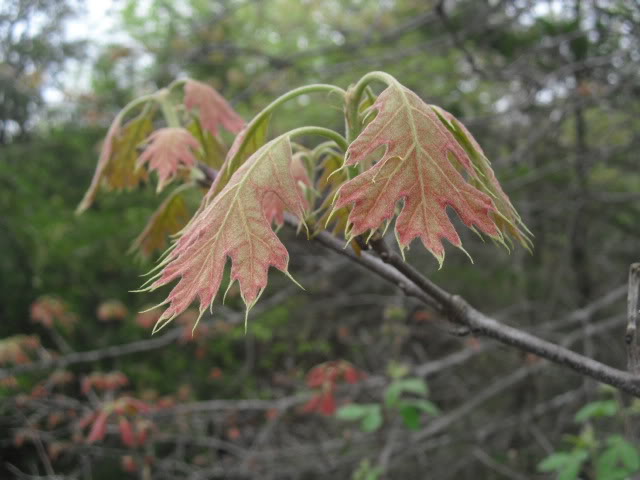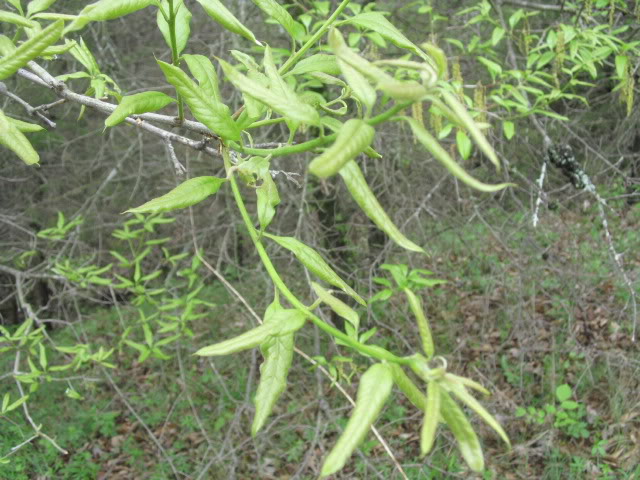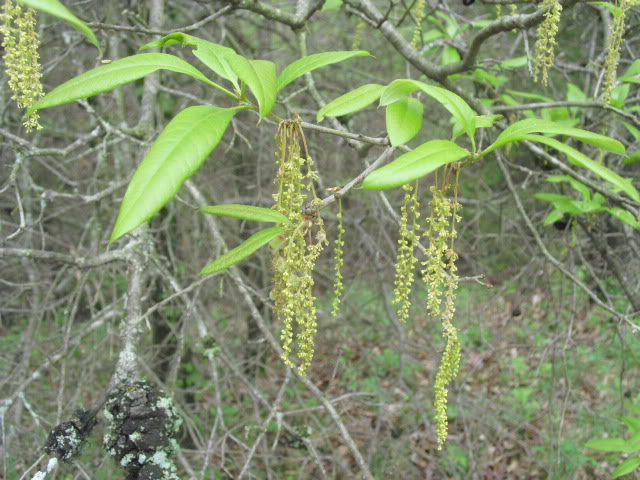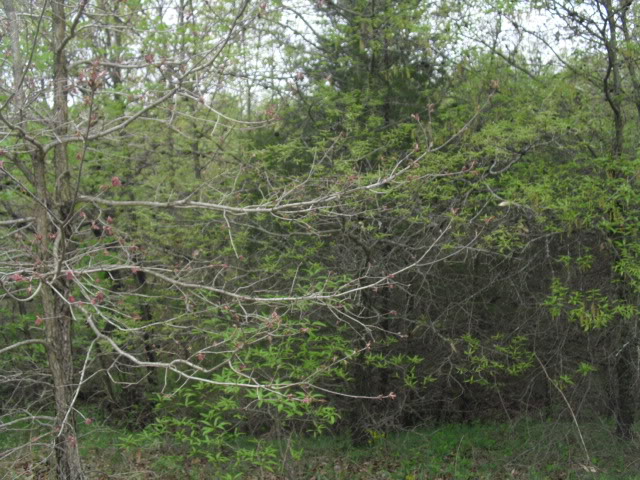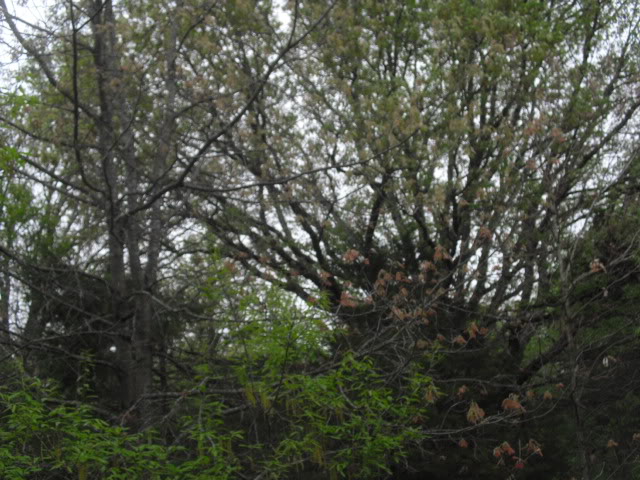letemgrow
PMA Member
I like to lower density to a point where it encourages undergrowth...if you can see nothing but wide open space in your timber...it's not the best whitetail habitat....
I second that notion, that is great for calling in spring turkeys, but not so much for whitetails. :way:
Mature, mast producing trees along with lots of browse and cover would be the ideal habitat.


